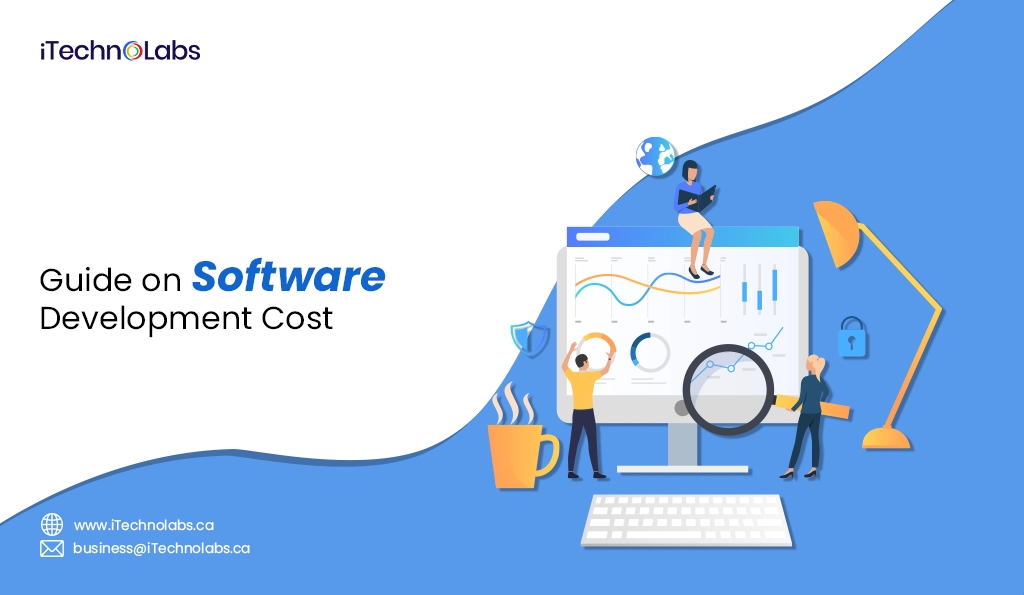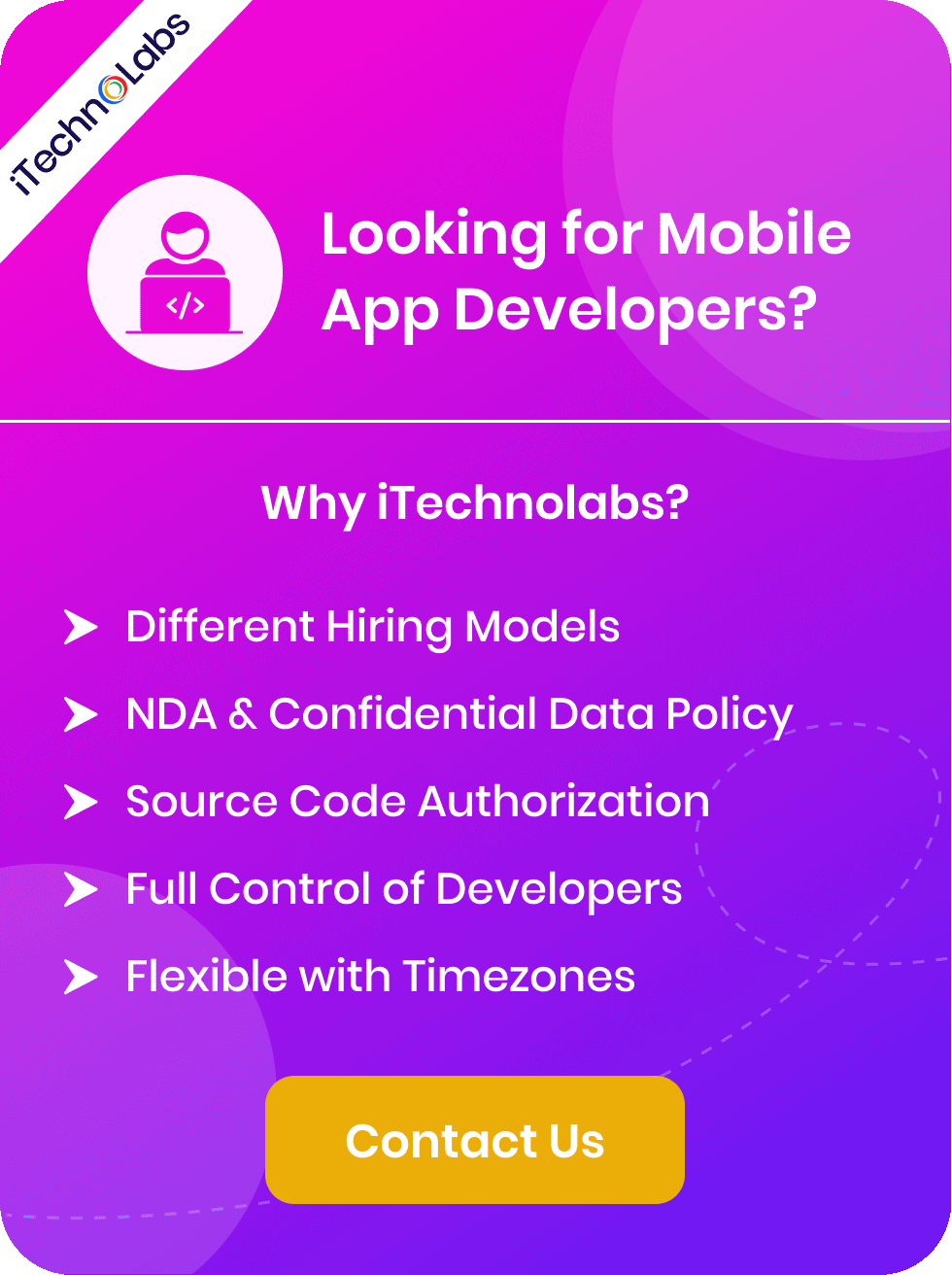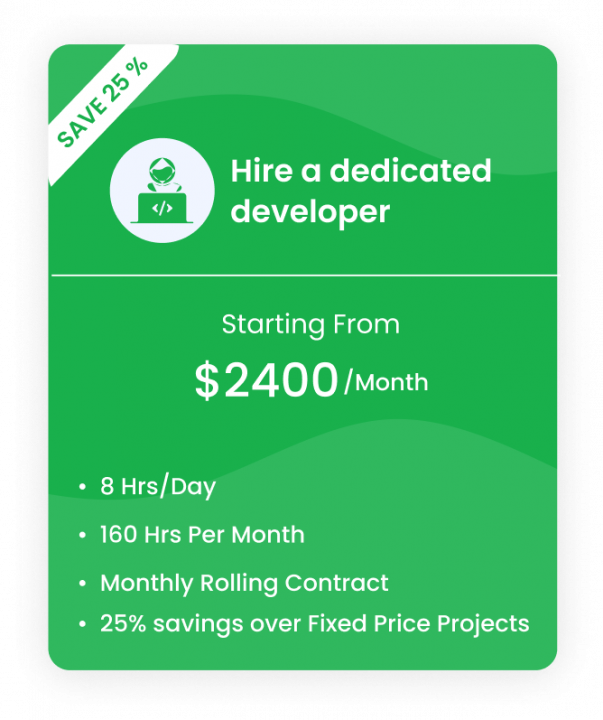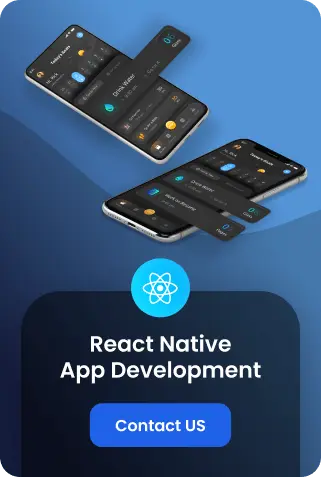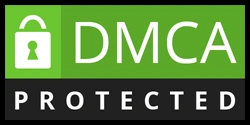In today’s cutthroat market environment, businesses ranging from fledgling startups to massive conglomerates are increasingly dependent on software solutions to ensure their operations run smoothly. Whether it’s optimizing internal workflows, enhancing customer engagement, or analyzing vast amounts of data for strategic decision-making, the role of software in driving business efficiency and competitive advantage cannot be overstated.
However, the journey to developing custom software tailored to a company’s unique needs is fraught with challenges. It’s not merely a technical endeavor but a significant business commitment, necessitating a substantial allocation of time, financial resources, and specialized expertise. The process involves meticulous planning, from conceptualization and design to coding, testing, and deployment, each phase demanding attention to detail and coordination among diverse teams.
Given these complexities, accurately estimating the costs associated with software development becomes paramount. Effective cost estimation not only helps in setting realistic budgets but also in aligning project scopes with business objectives, thereby minimizing the risk of project overruns and ensuring a higher likelihood of successful implementation. As such, businesses must give due consideration to cost estimation as an integral component of their software development strategy, ensuring they are well-prepared to navigate the challenges and capitalize on the opportunities presented by digital transformation.
How Much Does Software Development Cost?
The cost of software development can vary widely depending on several factors including the complexity of the software, the geographical location of the development team, and the level of expertise required. For smaller projects or simple applications, costs can range from $10,000 to $50,000. Mid-range projects, which involve more complex functionalities or integrations, might fall between $50,000 and $150,000. For large-scale, enterprise-level software with extensive customizations and high complexity, costs can exceed $150,000 and can go into the millions.
- Simple applications: Priced between $10,000 to $50,000, these apps typically involve basic functionality and a straightforward design, suitable for small businesses or personal projects.
- Mid-range projects: With a budget range of $50,000 to $150,000, these projects are more complex, featuring advanced functionalities, custom designs, and possibly, integration with external systems, ideal for medium-sized businesses.
- Large-scale, enterprise-level software: Starting at $150,000 and potentially reaching into the millions, these are highly complex projects requiring extensive customization, robust security measures, and scalability to support thousands of users, perfect for large corporations and enterprises.
Also Read: An Ultimate Guide to Enterprise Digital Transformation
6 Main Factors Influencing the Cost of Software Development
Several factors can impact the cost of software development. Below are six main influencers to consider when estimating the budget for your project.
1. Type of Software Project
The nature and scope of a software project play a crucial role in determining its overall cost. As previously highlighted, simple applications typically incur lower costs in comparison to more complex software solutions aimed at mid-range or enterprise-level markets. The cost differentiation doesn’t stop there; several other factors significantly influence the type of development project and its associated expenses. These include the intended platform for the software, whether it be web-based, mobile, or desktop applications, each carrying its own unique set of development challenges and costs. Additionally, the complexity level of the project, which can range from basic functionality to advanced algorithms and integrations, further complicates cost estimation. Moreover, industry-specific requirements, such as compliance with certain standards or the integration of specialized technologies, can also play a pivotal role in shaping the project’s scope and, consequently, its cost.
- Custom Software Development
Custom software development refers to the creation of a unique solution tailored specifically to meet the needs and requirements of a particular business. This approach offers high levels of customization, flexibility, and scalability, making it ideal for companies with specialized needs. However, due to its highly personalized nature, custom software development is typically more expensive than off-the-shelf solutions or pre-built templates.
| Aspect | Detail |
| Definition | The process of designing, creating, deploying, and maintaining software for a specific set of users, functions, or organizations. |
| Flexibility | Offers the ability to adapt to changing requirements or incorporate new functionalities over time. |
| Scalability | Can be scaled up or down based on business growth or changing needs. |
| Cost | Generally higher than off-the-shelf solutions due to the bespoke nature of development and maintenance. |
| Ideal for | Businesses with unique processes that cannot be adequately served by generic software solutions. |
| Customization Level | High, tailored to meet specific business needs and requirements. |
- Software Integration
In addition to the features mentioned above, custom software development also offers the advantage of seamless integration with existing systems and processes. This is especially beneficial for businesses that may have multiple systems in place or rely on different tools for their operations.
| Integration Feature | Benefit |
| Seamless Connectivity | Ensures that the new custom software can easily communicate with existing business systems, avoiding disruptions. |
| Data Synchronization | Facilitates real-time or scheduled data exchange between systems, enhancing data accuracy and decision-making |
| Unified User Experience | Streamlines user interaction across different software systems, providing a cohesive and intuitive user interface |
| Custom API Development | Allows for the creation of bespoke APIs that enable tailored connectivity solutions for unique business requirements. |
| Security & Compliance | Ensures that all integrations meet industry standards and regulations, protecting sensitive information during exchanges. |
2. Software Size and Scalability
One of the main benefits of custom software development is scalability. This means that as your business grows, your software can easily adapt to accommodate increased demand or changes in processes. Unlike off-the-shelf solutions, which may have limitations on user numbers, data storage, or transactions, custom software can be tailored to meet your business’s specific needs.
- Small-scale Business:
For small businesses, custom software can provide a competitive advantage by automating manual processes and optimizing efficiency. As these businesses grow, their custom software can easily scale to accommodate increased workload and expanding operations without requiring significant changes or disruptions.
| Feature | Benefit for Small-scale Business |
| Cost Efficiency | Reduces operational costs by automating routine tasks, eliminating the need for manual intervention and errors. |
| Custom Tailoring | Ensures the software fully meets the unique needs of the business, enhancing functionality and user experience. |
| Scalability | Allows for seamless expansion and adaptation of the software as the business grows, without the need for major overhauls. |
| Integration Capability | Enables easy integration with existing tools and software, ensuring a smooth workflow and data consistency. |
| Competitive Edge | Provides innovative solutions that can differentiate a small business from competitors, offering unique services or efficiencies |
- Mid-scale Businesses:
For medium-sized businesses, custom software can provide a more sophisticated and comprehensive solution to address complex business operations. This tailored approach allows for greater control over the software’s features and functionality, catering to specific industry or organizational requirements.
| Feature | Benefit for Mid-scale Business |
| Optimized Processes | Streamlines and automates complex processes, reducing manual errors and increasing efficiency. |
| Data Management | Offers advanced data management capabilities, allowing for better organization, analysis and utilization of large datasets. |
| Enhanced Security | Implements robust security measures to protect sensitive business data and prevent cyber threats. |
| Improved Collaboration | Facilitates better communication and collaboration among teams, departments, and stakeholders for enhanced decision-making. |
- Large Enterprises:
For large enterprises, custom software can provide a competitive advantage by addressing unique and complex business needs. It also offers scalability and integration capabilities to support growing businesses.
| Feature | Benefit for Large Enterprise |
| Tailored Solutions | Custom-built software tailored to specific business processes and requirements, providing a more efficient and effective solution. |
| Flexibility | Ability to adapt and evolve with changing business needs, eliminating the limitations of off-the-shelf software. |
| Cost-Efficiency | Saves costs in the long run by reducing manual labor, minimizing errors, and optimizing processes for increased productivity. |
| Centralized Data Management | Consolidates and manages large volumes of data from various sources in a centralized system for easy access and analysis. |
| Streamlined Workflows | Automates and streamlines complex business workflows, improving efficiency and reducing the risk of errors. |
3. Geographic Location
Custom software development also offers the advantage of being able to accommodate specific geographic locations. For large enterprises that operate in multiple regions, custom software can be developed to cater to the unique needs and regulations of each location. This ensures compliance with local laws and enhances overall operational efficiency.
| Geographic Factor | Advantage for Large Enterprise |
| Local Compliance | Ensures the software is developed in alignment with local regulations, reducing legal risks and fostering trust. |
| Localization | Tailors software to specific languages and cultural nuances, improving user experience and customer satisfaction. |
| Global Scalability | Allows the software to easily adjust and expand to new markets, supporting the enterprise’s growth and global reach. |
| Regional Preferences | Incorporates specific features and functions preferred in various regions, making the software more appealing and useful. |
4. Technology Stack
Custom software development also offers the opportunity to choose a technology stack that best suits the needs and goals of an enterprise. This means that developers can select programming languages, frameworks, and tools according to their expertise and the requirements of the project. This results in more efficient development processes and improved performance of the final product.
| Technology Stack Selection | Advantage for Custom Software |
| Flexibility | Developers can choose the best-suited technologies for each project, allowing for more efficient and effective solutions. |
| Expertise Utilization | Selecting familiar technologies allows developers to utilize their skills and knowledge effectively, resulting in better outcomes. |
| Scalability | By considering the future needs of the project, developers can select technologies that facilitate easy scalability. This ensures that the software can handle increasing demands and remain relevant in the long run |
| Performance Optimization | The ability to choose specific technologies also enables developers to optimize performance according to project requirements, leading to faster and more efficient software |
5. Complexity of UI/UX Design
UI/UX design is an essential aspect of custom software development that focuses on creating visually appealing and user-friendly interfaces. It involves designing the layout, look, and feel of a software application to ensure an intuitive and seamless user experience.
The complexity of UI/UX design can vary depending on the type and size of the project. Some factors that contribute to this complexity include:
| Factor | Explanation |
| User Requirements | Understanding and incorporating user needs can be complex, as it requires thorough research and iteration to ensure the software meets or exceeds user expectations. |
| Platform Diversity | The necessity to design for multiple platforms (e.g., web, mobile, desktop) introduces additional complexity, as each platform has its unique design standards. |
| Interactivity | Designing interactive elements such as buttons, animations, and transitions requires careful consideration to maintain a balance between aesthetics and usability. |
| Accessibility | Ensuring the software is accessible to all users, including those with disabilities, adds a layer of complexity in designing UI/UX that is inclusive. |
| Visual Consistency | Maintaining a consistent look and feel across the application demands meticulous attention to detail, ensuring a cohesive brand identity and user experience. |
6. Hiring Model
In addition to the different factors that contribute to UI/UX complexity, another aspect that can greatly impact the design process is the hiring model of the design team. Depending on whether you hire an in-house team, outsource to a design agency, or use a hybrid model, there are pros and cons to each approach.
- Freelancers
Hiring freelancers can offer flexibility and cost savings, as you only pay for the work that is needed. However, it may be challenging to find a reliable and skilled freelancer who can meet your project needs consistently.
- In-House Team
Employing an in-house design team provides several advantages, such as enhanced control over the design process, facilitating smoother communication, and fostering closer collaboration among team members. This arrangement often results in a more cohesive vision and product, as team members are readily available to discuss ideas, iterate on designs, and make decisions swiftly. However, this setup can also lead to higher operational costs due to salaries, benefits, and other related expenses associated with maintaining a full-time staff. Additionally, relying solely on an in-house team may restrict the range of design perspectives, as external designers or agencies can bring fresh ideas and diverse experiences that can enrich the creative process.
- Outsource
Outsourcing design work to a specialized agency can provide access to a diverse pool of talent and expertise, typically at a lower cost compared to hiring an in-house team. Additionally, outsourcing can be beneficial for companies with fluctuating design needs or those who require specialized skills that their current team may not possess. However, working with an external agency may involve longer lead times due to the need to coordinate with a third party and manage communication between all parties involved. It may also be challenging to maintain consistency in design aesthetics and brand identity when working with multiple agencies for various projects.
Read More: What Do You Mean By Digital Adoption Platform? Importance, Types and Benefits 2024
12 Tips to Reduce Software Development Costs
- Utilize Feature Flags
One effective strategy for reducing software development costs involves the use of feature flags. Feature flags are powerful tools that enable developers to toggle specific features on or off within their software. This capability proves invaluable in managing the scope of a project, allowing teams to prioritize the most critical features and ensure they align with project goals and customer needs. By implementing feature flags, developers can concentrate on constructing the core functionalities that form the foundation of the application. This approach not only streamlines the development process but also allows for the strategic addition of more complex or less critical features later on. This phased feature rollout can be aligned with budget availability and project timelines, ensuring that development efforts remain focused and efficient. Additionally, feature flags facilitate A/B testing and can be used to introduce new features to a subset of users, further optimizing the development process and enhancing the end-user experience.
- Prioritize Technical Debt Management
Technical debt refers to the additional time and resources required to maintain or update software due to shortcuts taken during development. While technical debt may seem like a quick solution to meet tight deadlines, it can create significant challenges down the road, leading to costly rework and maintenance efforts. To reduce software development costs, teams should prioritize addressing technical debt early on in the project. By continually monitoring technical debt and allocating resources to address it, teams can avoid costly fixes and delays in the future.
- Utilize a Monorepo for Code Management
A mono repo is a single repository that contains all the code for a project. This approach offers several benefits, including easier code sharing between teams and enhanced version control. With all code in one place, it becomes easier to track changes and ensure consistency across the entire application. Additionally, using a mono repo encourages modular development practices, simplifying testing and deployment processes. Overall, a mono repo can streamline collaboration and reduce development costs.
- Optimize the Development Environment
Efficient development environments can significantly impact software development costs. By automating processes and setting up efficient workflows, teams can reduce the time and effort required for tasks such as testing, debugging, and deployment. Utilizing tools like continuous integration and delivery (CI/CD) pipelines can help automate these processes, improving efficiency and reducing overall development costs.
- Detailed Planning and Requirements Gathering
One of the most effective ways to reduce costs in software development is through thorough planning and requirements gathering. By clearly defining project goals, scope, and requirements before development begins, teams can avoid costly changes and rework later on. This approach also allows for better resource allocation and time management, leading to more efficient and cost-effective development.
- Open Source and Reusable Components
Incorporating open-source and reusable components into software development can lead to substantial cost savings. By leveraging existing, well-maintained libraries and frameworks, developers can avoid reinventing the wheel, saving precious time and effort in the development, testing, and maintenance phases. Besides the direct savings in time and effort, utilizing open-source components also offers the added advantage of improved software quality and innovation, as these components are often developed and scrutinized by a global community of developers.
- Agile Development Methodology
The agile development methodology is a popular approach to software development that focuses on flexibility, collaboration, and continuous improvement. By breaking down large projects into smaller, manageable tasks and continuously adapting to changing requirements and feedback, teams can deliver high-quality software more efficiently. This approach also allows for earlier detection of issues and faster resolution, reducing the overall cost of development.
- Outsourcing and Offshoring
Outsourcing and offshoring have become increasingly popular strategies for reducing software development costs. By utilizing external resources and expertise, companies can save on hiring and training costs, as well as access a larger pool of talent. However, it is essential to carefully consider the trade-offs between cost savings and potential communication and coordination challenges that may arise when working with remote teams.
- Automated Testing and Continuous Integration
Automated testing and continuous integration are practices that can significantly reduce the time and effort required for software development. By automating manual testing processes, teams can catch and fix bugs more quickly, reducing the need for costly rework. Continuous integration also helps teams detect and resolve issues early on in the development process, leading to higher-quality code and reduced costs.
- Cloud Computing and Serverless Architecture
Cloud computing and serverless architecture have revolutionized the way software is developed and deployed. By utilizing cloud services, developers can access powerful computational resources without investing in expensive hardware. This allows for faster testing and deployment of code, leading to reduced development costs. Serverless architecture takes this a step further by allowing developers to focus on writing code rather than managing infrastructure, resulting in even greater cost savings.
- Code Review and Quality Assurance
Code review and quality assurance are critical processes in software development that can help catch and prevent errors before they become costly problems. By conducting thorough code reviews and implementing quality assurance measures, teams can reduce the risk of bugs and improve overall code quality, ultimately leading to cost savings in the long run.
- Invest in Training and Skill Development
Investing in training and skill development for remote team members can have significant benefits for the overall efficiency and cost-effectiveness of a project. By providing team members with the necessary tools and resources to improve their skills, teams can reduce the time spent on troubleshooting and rework, resulting in cost savings.
How much does it cost for Software Development?
The cost of software development is highly variable and can vary significantly based on several factors, including the complexity of the project, the technology stack used, the experience level of developers, and the geographical location of the development team. For a basic application, development costs can start from as low as $10,000 to $50,000. Mid-level applications with more features and complexity can range from $50,000 to $200,000. For high-end or enterprise-level applications, costs can easily exceed $200,000 and can reach into the millions, depending on the project’s scope and scale. It’s crucial to consider that these are approximate ranges, and detailed requirements and specific functionalities can greatly influence the final cost.
- Basic Applications: The development costs for basic applications can start from as low as $10,000 to $50,000. This price range is ideal for simple projects that require minimal features, such as a basic utility app or a personal project, where the primary goal is functionality without the need for advanced features or elaborate design elements.
- Mid-Level Applications: For applications that demand more complexity and a broader range of features, the development costs range from $50,000 to $200,000. This category typically includes apps with integrated APIs, custom user interfaces, and perhaps a moderate level of data processing capabilities. These applications serve businesses or user bases that require more than just the basics, offering a richer experience and greater functionality.
- High-End or Enterprise-Level Applications: For extensive projects that encompass high complexity and a vast array of features, the development costs can exceed $200,000 and may potentially reach into the millions. This category is reserved for projects with expansive scopes and detailed specifications, such as large-scale enterprise solutions, sophisticated e-commerce platforms, or advanced mobile games. These applications often require significant backend development, high-level security features, and the ability to handle massive amounts of data or users.
Suggested: How Much Does it Cost to Create An App
How can iTechnolabs help you with Software Development?
At iTechnolabs, we understand that the cost of software development can vary greatly depending on the project’s scope and requirements. That is why our team works closely with our clients to determine their specific needs and provide a customized solution that fits their budget. Our expert software developers have extensive experience in developing applications of all levels, from basic to high-end enterprise solutions. We utilize the latest technologies and development methodologies to ensure that our clients receive top-quality, efficient, and cost-effective solutions.
- Customized Solutions: At iTechnolabs, we understand that each client has unique needs and budgetary constraints. That’s why we offer tailor-made software development services, meticulously crafting every aspect of our solutions to ensure they align perfectly with your project requirements and goals. Our approach guarantees a solution that is not just effective but also a perfect fit for your needs.
- Expert Developers: Our team is the backbone of our excellence in service delivery. It comprises highly skilled and experienced developers who have a wealth of knowledge in creating a wide spectrum of applications. Whether you need a straightforward app or a complex enterprise-level solution, our developers are adept at turning your vision into a reality, ensuring high-quality outcomes every time.
- Latest Technologies: In the rapidly evolving tech landscape, staying ahead of the curve is crucial. At iTechnolabs, we pride ourselves on leveraging the most advanced technologies and development methodologies available. This commitment to innovation allows us to create efficient, robust, and scalable applications that not only meet current demands but are also future-proof.
- Cost-Effective: While we strive to deliver top-notch customized solutions, we are also committed to providing these services most cost-effectively. Our strategic approach ensures that we can offer high-quality development services without compromising on the end product’s quality or performance, providing our clients with great value for their investment.
- Comprehensive Analysis: We believe in a proactive approach to project planning and execution. Before initiating any project, our team conducts a thorough analysis of all aspects related to the development process. This includes accurately estimating development costs to ensure transparent and predictable budgeting for our clients. This meticulous evaluation helps in aligning project objectives with budgetary allocations, ensuring smooth project execution.
- Support and Maintenance: At iTechnolabs, our relationship with clients extends beyond the development phase. We offer ongoing support and maintenance services to ensure that your application not only remains operational but also continues to perform optimally over time. Whether it’s updating the app to incorporate the latest technology advancements or making minor tweaks to enhance functionality, our dedicated support team is always ready to assist.
Are you looking for a software development company?
Understanding the financial aspects of software development is crucial for our clients. At iTechnolabs, we don’t merely acknowledge this importance; we actively prioritize it. Our approach is centered on providing solutions that strike the perfect balance between cost-efficiency and superior quality. We manage this delicate balance by drawing upon our vast reservoir of experience and by harnessing the power of state-of-the-art technologies. This strategy ensures that our clients are afforded the best possible value, without any compromise on the performance, reliability, or effectiveness of the software solutions we deliver. Our commitment to leveraging innovative technologies not only helps in reducing costs but also in enhancing the overall software development process, thereby delivering products that are not just up to the mark but exceed expectations in terms of functionality and user experience. Our approach to managing Software Development Costs includes several key benefits:
- Transparent Pricing: At iTechnolabs, we prioritize transparent communication, especially when it comes to the costs associated with your software development project. We believe in keeping you fully informed every step of the way, ensuring there are no hidden fees or unexpected expenses. This approach not only eliminates financial surprises but also empowers you to plan your budget with greater accuracy and confidence.
- Efficiency and Productivity: Our commitment to leveraging cutting-edge technologies and methodologies significantly enhances the efficiency and productivity of the software development process. This not only speeds up project delivery but also reduces overall costs. By optimizing our operations and streamlining workflows, we ensure that your projects are delivered on time and within the agreed budget, every time.
- Flexible Engagement Model: Understanding that each client has unique needs and budgetary constraints, iTechnolabs offers a variety of flexible engagement models. Whether you require a fixed price model for projects with well-defined scopes or a time and materials model for projects that are more dynamic and subject to change, we are dedicated to finding the solution that best fits your financial planning needs. Our goal is to provide you with the flexibility you need to achieve your project objectives without overstepping your budget.
- Return on Investment: Our primary focus on developing scalable and robust applications is designed to ensure that our clients see a significant return on their investment. The applications we develop are not just about meeting immediate needs; they are built to drive growth, enhance operational efficiency, and unlock new revenue streams for your business. By partnering with iTechnolabs, you are investing in technology solutions that will serve your business now and in the future, ensuring long-term success and profitability.
Important: 5 Challenges and Principles to Digital Transformation in Business
Conclusion:
At iTechnolabs, we are passionate about delivering top-notch technology solutions that exceed our client’s expectations. Our commitment to productivity, flexibility, and return on investment makes us a leading choice for businesses looking to leverage technology for growth and success. Let us help you take your business to the next level with our innovative software development services.
FAQs About Software Development Cost
Are there any hidden costs involved in software development?
At iTechnolabs, our core values revolve around transparency and honesty in all our dealings with clients. We understand the importance of clear communication, especially when it comes to financial matters. That’s why we make it a priority to provide detailed cost breakdowns for every project we undertake, ensuring that our clients have a clear understanding of where their investment is going. We believe in maintaining an open line of communication to avoid any surprises when it comes to billing.
However, it’s important to note that while we strive to be as accurate as possible in our initial quotes, additional features or modifications to the project’s scope requested by the client may lead to extra costs. In such instances, these potential additional expenses will be thoroughly discussed, communicated, and agreed upon with our clients beforehand, ensuring that there’s mutual understanding and agreement on any changes made. This approach allows us to maintain trust and transparency, which are the pillars of our business philosophy, throughout the entire project lifecycle.
How much time does it take to develop software?
The duration of a software development project can vary greatly depending on many factors, such as the complexity of the project, size and skillset of the development team, and any unforeseen challenges that may arise during the process. At iTechnolabs, our experienced project managers work closely with clients to create a detailed timeline and project plan that takes into account all these variables. This ensures that our clients have a realistic expectation of the time frame for their project and can plan accordingly.
How much does it cost to hire a software developer?
The cost of hiring a software developer can vary depending on their level of experience, location, and the type of project they will be working on. At iTechnolabs, we have a highly skilled and diverse team of developers with varying levels of expertise in different technologies. This allows us to offer competitive rates for our services without compromising on quality. Additionally, our transparent pricing model ensures that our clients have a clear understanding of the costs involved and can make informed decisions.
